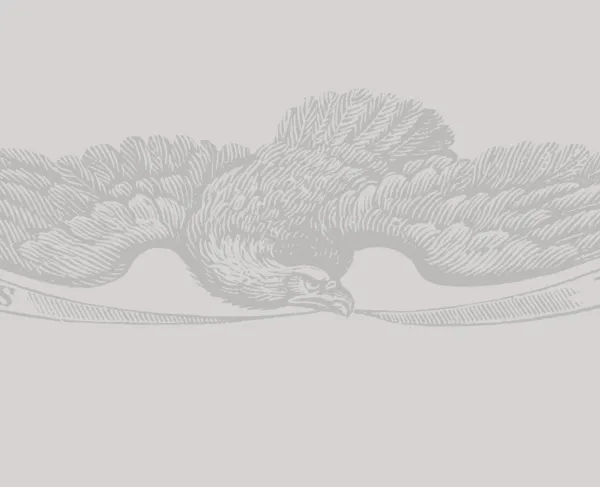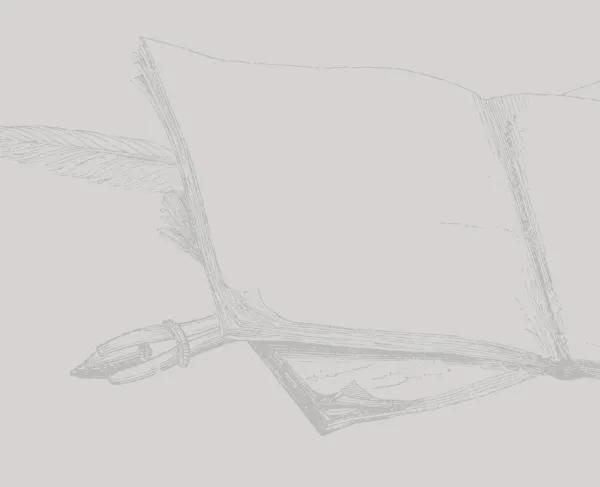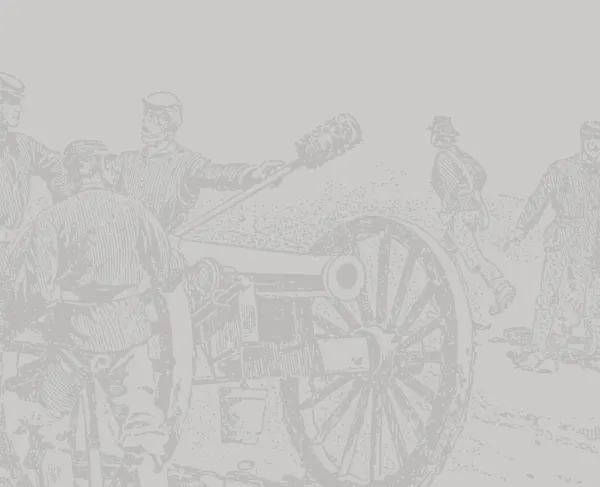Dedication of the Peace Light Memorial at Gettysburg
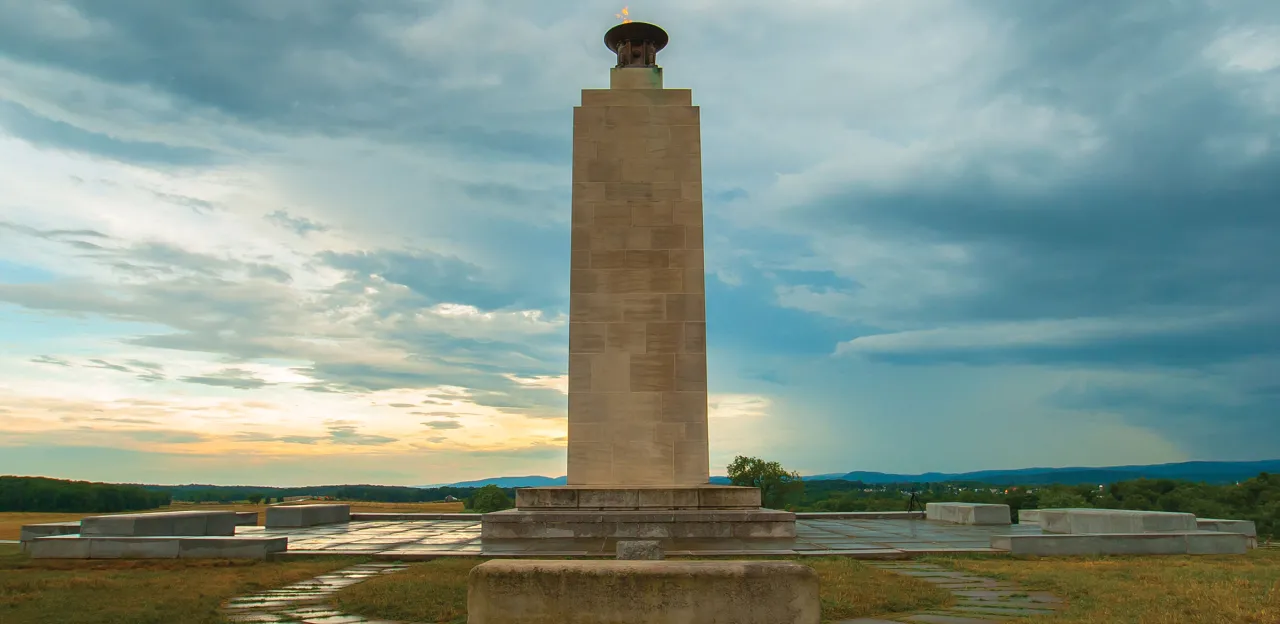
An idea born in the wake of the 1913 veterans reunion at Gettysburg, the Peace Light Memorial is the largest monument on the first-day battlefield at Gettysburg. Of the nearly 1,400 monuments and markers on the battlefield at Gettysburg, the Peace Light Memorial is the only monument with the word “Peace” in its name.
Made of Maine granite and Alabama limestone — and funded by contributions from Pennsylvania, Wisconsin, Illinois, New York, Indiana, Tennessee, and Virginia — some 250,000 people attended the dedication ceremony in 1938; 1,800 of those participants were Civil War veterans.
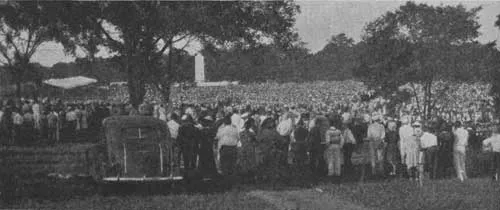
Address of the President of the United States—Franklin Delano Roosevelt
At the Dedication of the Eternal Light Peace Memorial
Gettysburg Battlefield, Gettysburg, Pennsylvania
Governor George H. Earle, Veterans of the Blue and the Gray:
On behalf of the people of the United States I accept this monument in the spirit of brotherhood and peace. Immortal deeds and immortal words have created here at Gettysburg a shrine of American patriotism. We are encompassed by ''The last full measure of devotion" of many men and by the words in which Abraham Lincoln expressed the simple faith for which they died.
It seldom helps to wonder how a statesman of one generation would surmount the crisis of another. For a statesman deals with concrete difficulties -- with things which must be done from day to day. Not often can he frame conscious patterns for the far off future.
But the fullness of the stature of Lincoln' s nature and the fundamental conflict which events forced upon his Presidency invite us ever to turn to him for help.
For the issue which he restated (on this spot) here at Gettysburg seventy-five years ago will be the continuing issue before this Nation so long as we cling to the purposes for which (it) the Nation was founded -- to preserve under the changing conditions of each generation a people ' s governmen.t for the people ' s good. The task assumes different shapes at different times. Sometimes the threat to popular government comes from political interests, sometimes from economic interests, sometimes we have to beat off all of them together.
But the challenge is always the same -- whether each generation facing its own circumstances can summon the practical devotion to attain and to retain that greatest good for the greatest number which this government of the people was created to ensure.
Lincoln spoke in solace for all who fought upon this field; and the years have laid their balm upon its wounds. Men who wore the Blue and men who wore the Gray are here together, a fragment spared by time. They are brought here by the memories of old divided loyalties, but they meet here in united loyalty to a united cause which the unfolding years have made it easier to see.
All of them we honor, not asking under which Flag they fought then -- thankful that they stand together under one Flag now.
Lincoln was commander-in-chief in this old battle; he wanted above all things to be commander-in-chief of the new peace. He understood that battle there must be; that when a challenge to constituted government is thrown down, the people must in self-defense take it up; that the fight must be fought through to a decision so clear that it is accepted as being beyond recall.
But Lincoln also understood that after such a decision, a democracy should seek peace through a new unity. For a democracy can keep alive only if the settlement of old difficulties clears the ground and transfers energies to face new responsibilities. Never can it have as much ability and as much purpose as it needs in that striving; the end of battle does not end the infinity of those needs.
That is why Lincoln -- commander of a people as well as of an army -- asked that his battle end "with malice toward none, with charity for all."
To the hurt of those who came after him, Lincoln' s plea was long denied. A generation passed before the new unity became accepted fact.
And in later years new needs arose, and with them new tasks, worldwide in their perplexities, in their bitterness and in ' - - their modes of strife. Here in our land we give thanks that, avoiding war, we seek our ends through the peaceful processes of popular government under the Constitution.
But it is another conflict, a conflict as fundamental as Lincoln' s, fought not with. (glint of) steel, but with appeals to reason and justice on a thousand fronts -- seeking to save for our common country opportunity and security for citizens in a free society.
We are near to winning this battle. In its winning and through the years we live by the wisdom and the humanity of the heart of Abraham Lincoln.
(At the conclusion of the President's address a soldier of the South and a soldier of the North, using the rays of the sun, lit a flame designed to burn eternally atop the Peace Memorial.)
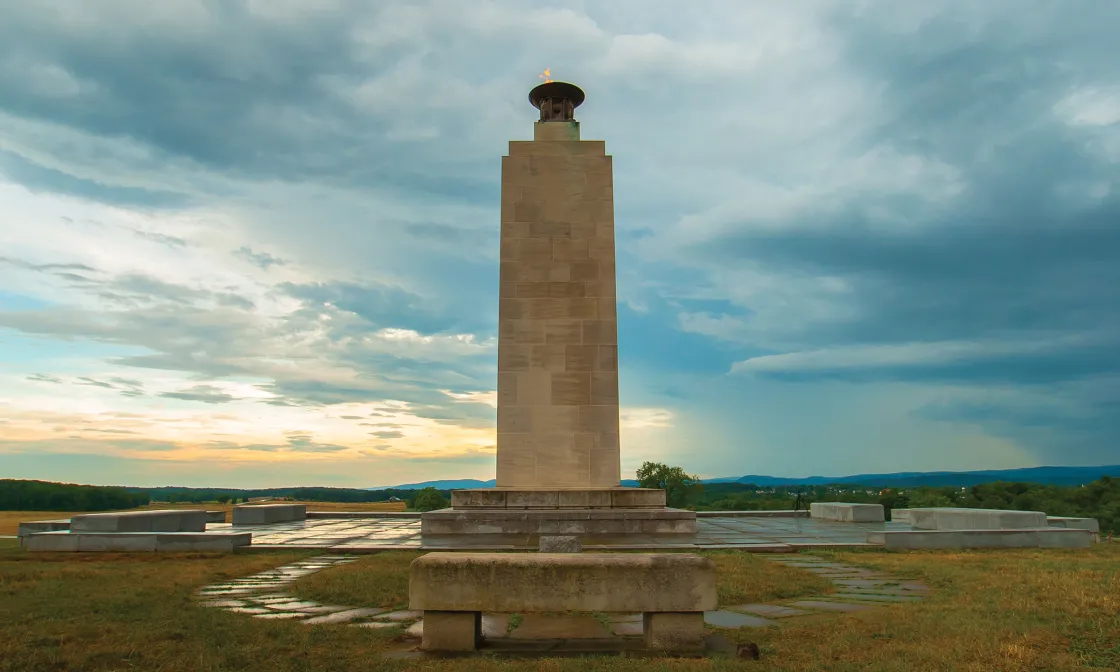
We're on the verge of a moment that will define the future of battlefield preservation. With your help, we can save over 1,000 acres of critical Civil...
Related Battles
23,049
28,063
